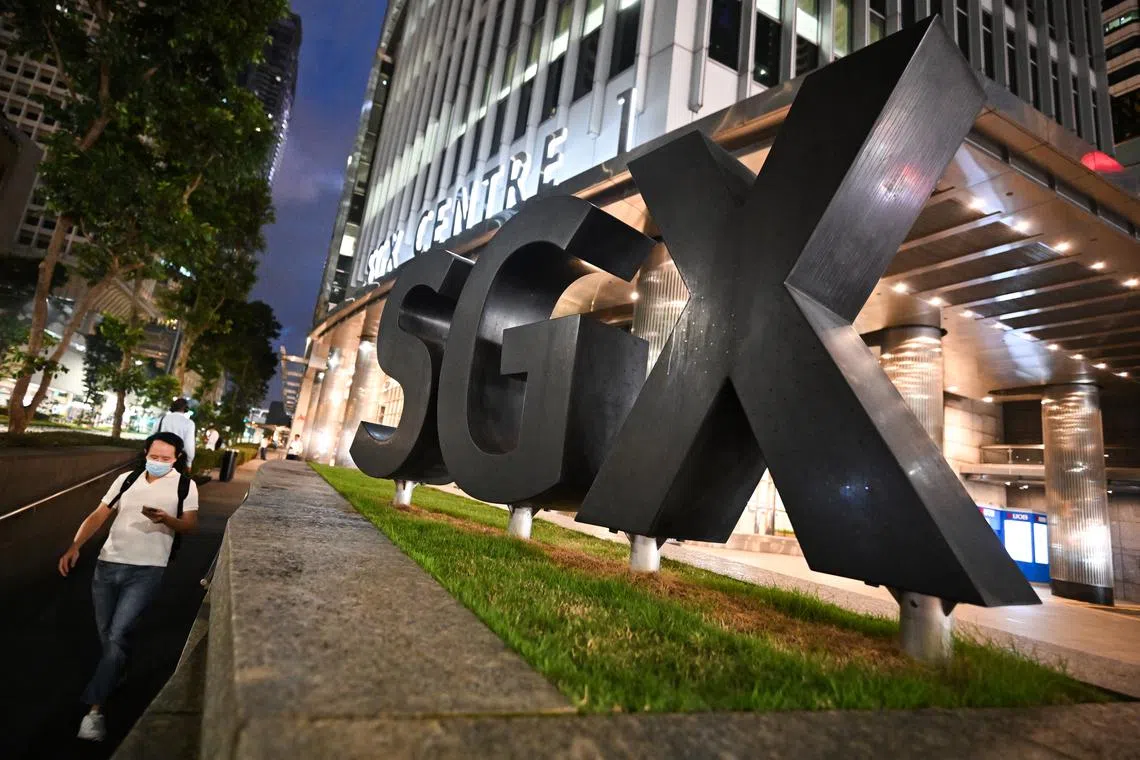STI surges 1.1% to new high, as DBS leads gains
Sign up now: Get ST's newsletters delivered to your inbox

Across the broader market, gainers outnumber losers 297 to 252, as 1.5 billion securities worth $1.7 billion change hands.
PHOTO: ST FILE
Tan Nai Lun
Follow topic:
SINGAPORE - The benchmark Straits Times Index (STI) ended 1.1 per cent or 48.89 points higher at a record 4,346.46 on Sept 10, with DBS Bank leading the gains.
South-east Asia’s largest bank rose 3.6 per cent to $52.73, with its market capitalisation reaching $149.6 billion at the close.
Singapore Exchange market strategist Geoff Howie attributed DBS’ rally to an upgrade to overweight from neutral by JP Morgan, and a target price lift to $56 from $50.50 before. UOB Kay Hian also revised its target price for DBS to $54.40, from $52.80 previously.
Trading turnover surged to $441.1 million, compared with its average of $220 million this year, Mr Howie said. “This had a significant impact on the STI, given DBS’ 26 per cent index weight, up from 23 per cent a year ago,” he added.
OCBC Bank rose 0.5 per cent to close at $16.85, while UOB lost 0.3 per cent to $35.48.
The biggest decliner on the STI was UOL, which fell 2 per cent to $7.40.
Across the broader market, gainers outnumbered losers 297 to 252, after 1.5 billion securities worth $1.7 billion changed hands.
Elsewhere in the region, key indexes tracked gains on Wall Street to close higher. The Nikkei 225 was up 0.9 per cent, the Hang Seng Index added 1 per cent, the Kospi gained 1.7 per cent, and the FTSE Bursa Malaysia KLCI climbed 0.3 per cent.
US stocks rallied overnight amid expectations for a rate cut and good overall earnings growth, said Mr Neil Wilson, UK investor strategist at Saxo Markets.
He added: “For ages, it’s looked like inflation was the greater worry (for the US Federal Reserve); increasingly, lately, it’s the jobs picture that is the concern. A hot consumer price index print, if it emerges, creates volatility for stocks.” THE BUSINESS TIMES

